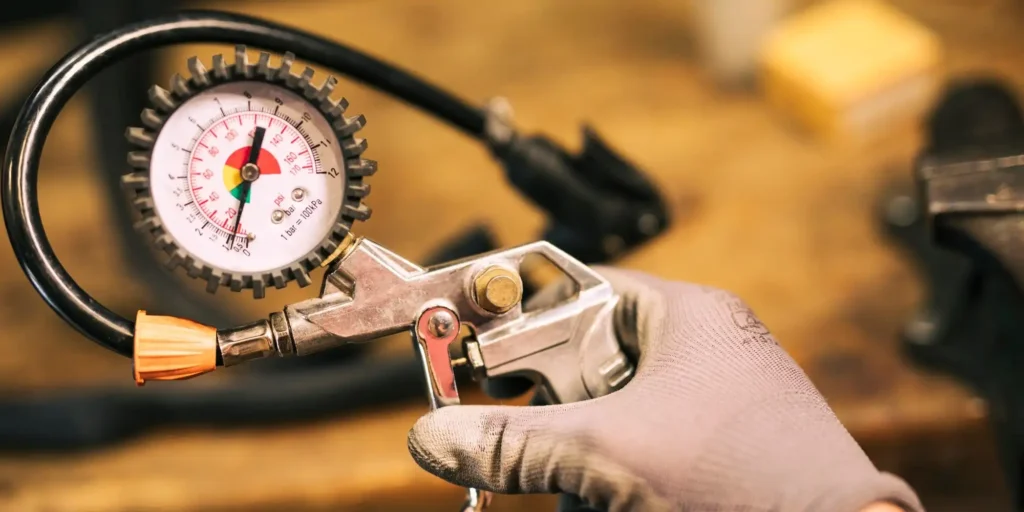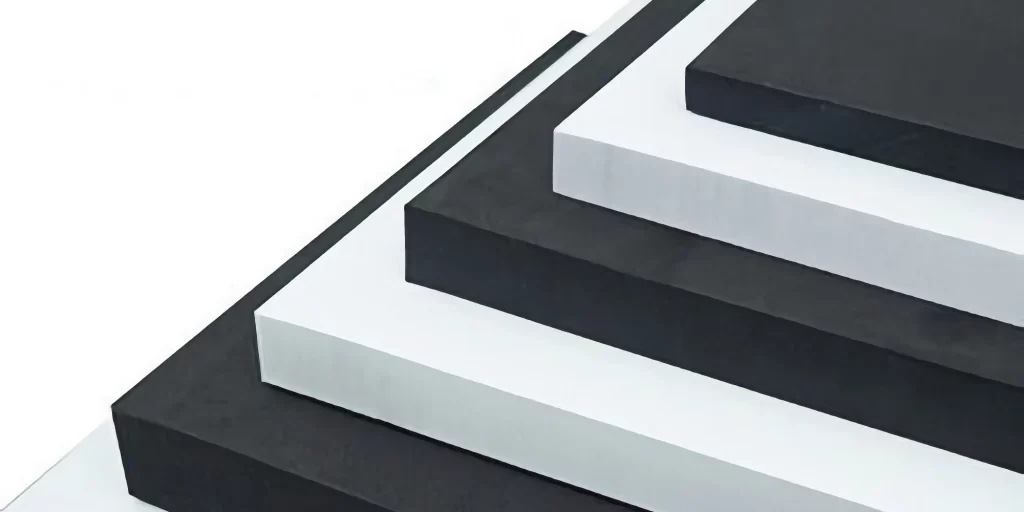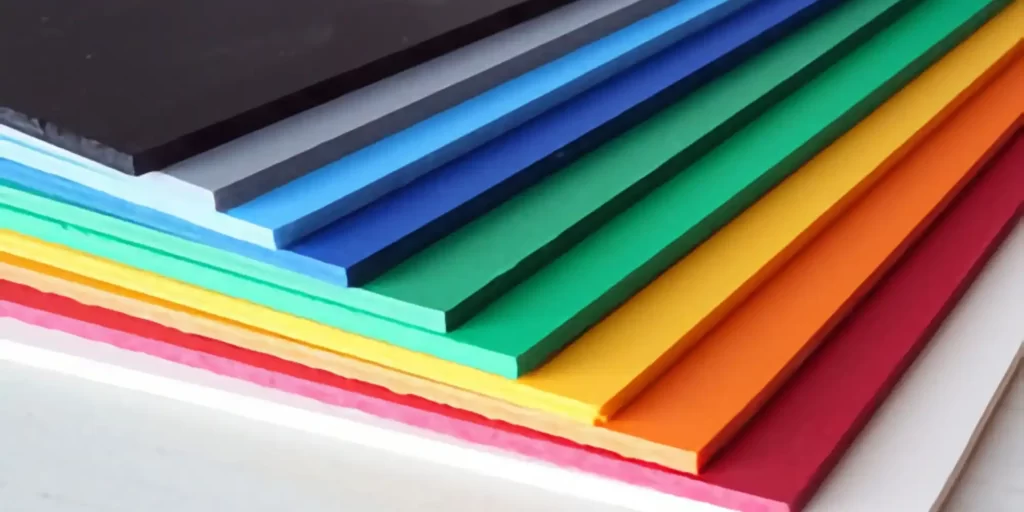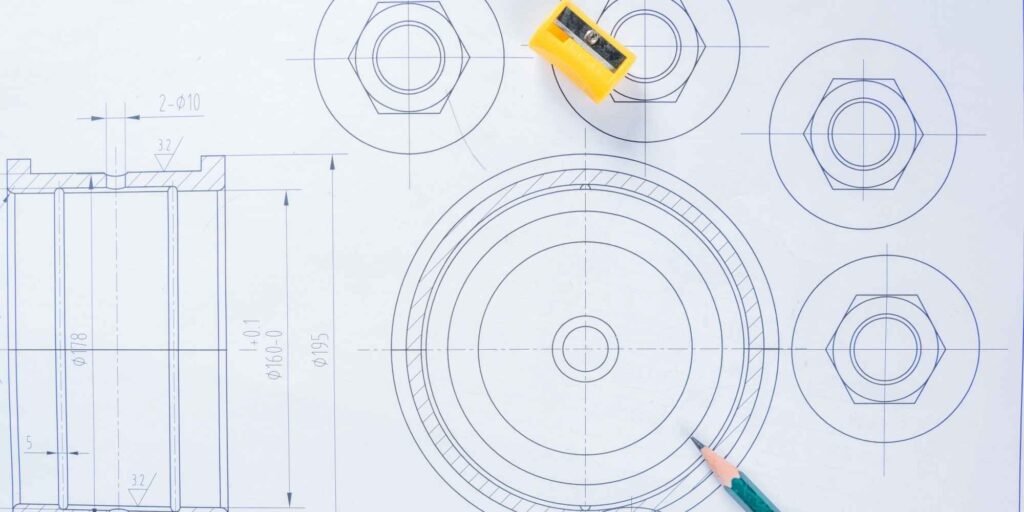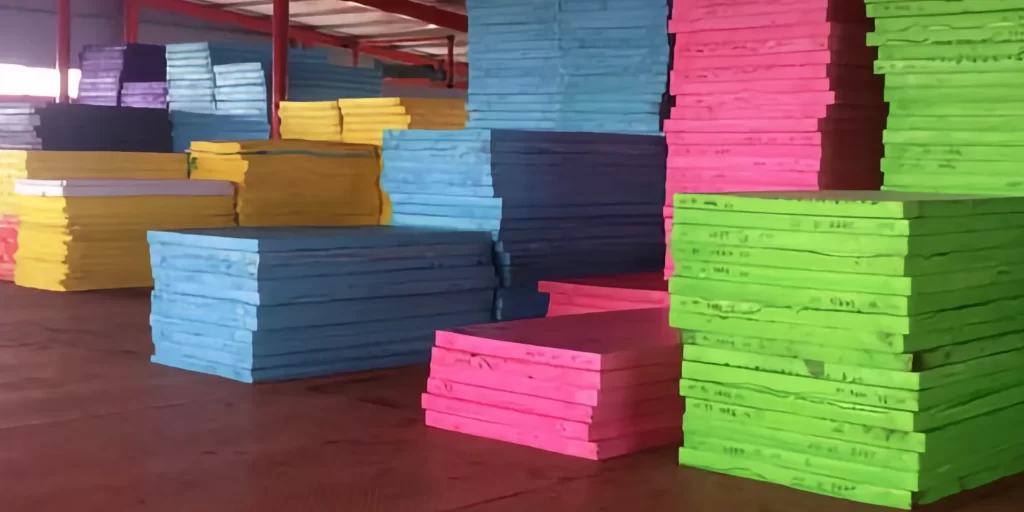Introduction:
Ethylene-vinyl acetate (EVA) foam is a versatile closed-cell foam material widely used in various industries due to its flexibility, cushioning, and shock absorption properties. However, under sustained and continuous forces, EVA foam can experience a phenomenon known as compression set, which is the permanent deformation of the foam after removal of the compressive load. This comprehensive guide delves into the complexities of EVA foam compression set, aiming at a thorough understanding and providing techniques for its measurement.
Understanding EVA Foam Compression Set:
Compression set in EVA foam refers to the foam’s inability to fully recover its original shape or thickness after being subjected to compressive forces over an extended period. This permanent deformation or reduction in thickness is crucial to consider when designing and utilizing EVA foam components.
Causes of EVA Foam Compression Set:
- Sustained Compressive Stress: Continuous and prolonged compressive forces can cause the foam’s cellular structure to deform and take on a new shape, leading to compression set.
- Elevated Temperatures:High temperatures can accelerate compression set by softening the polymer chains and making the foam more susceptible to permanent deformation.
- Chemical Exposure:Exposure to certain chemicals, solvents, or oils can deteriorate the foam’s molecular structure, resulting in reduced resilience and increased compression set.
- Aging: Over time, EVA foam can naturally undergo compression set due to exposure to environmental factors such as temperature fluctuations, humidity, and UV radiation.
Measuring EVA Foam Compression Set:
- ASTM D3574: This standard test method involves compressing a foam sample under a specified load for a predetermined duration, typically 22 hours, at a defined temperature. The percentage of permanent deformation after the sample regains its original thickness is the compression set value.
- ISO 815-1: Similar to ASTM D3574, this test method assesses compression set by compressing the foam sample under a specific load for a defined period at a controlled temperature. However, it employs different calculation methods to determine the compression set value.
- Custom Test Methods:Industries may develop their own test methods to evaluate compression set based on their specific application requirements and conditions.
Mitigating EVA Foam Compression Set:
- Selecting Appropriate Foam Density: Choosing a foam with a higher density can enhance its resistance to compression set.
- Tailoring Foam Hardness:Foam with higher hardness tends to exhibit lower compression set compared to softer foams.
- Optimizing Foam Formulation: Modifying the EVA foam’s composition by adding additives or altering the cross-linking density can improve its compression set resistance.
- Controlling Temperature and Chemical Exposure:Minimizing exposure to elevated temperatures and harsh chemicals can help maintain the foam’s integrity and reduce compression set.
- Proper Foam Installation and Maintenance: Correct installation and regular maintenance, including periodic inspections, can prevent premature compression set and extend the foam’s lifespan.
FAQs:
- Q: What factors accelerate EVA foam compression set?
A: Sustained compressive stress, elevated temperatures, chemical exposure, and natural aging can hasten compression set. - Q: How is EVA foam compression set measured?
A: Common test methods include ASTM D3574, ISO 815-1, and custom methods, which typically involve compressing the foam under a load and measuring the permanent deformation. - Q: How can compression set in EVA foam be minimized?
A: Selecting higher density and hardness foams, optimizing foam formulation, controlling temperature and chemical exposure, and ensuring proper installation and maintenance can help mitigate compression set.
Conclusion:
EVA foam compression set is a crucial aspect to consider when designing and utilizing EVA foam components. Understanding the causes and mechanisms of compression set, along with employing effective measurement techniques, is essential to optimizing foam performance and ensuring its long-term integrity. By implementing strategies to minimize compression set, manufacturers can enhance the durability and reliability of EVA foam products across various industries.
